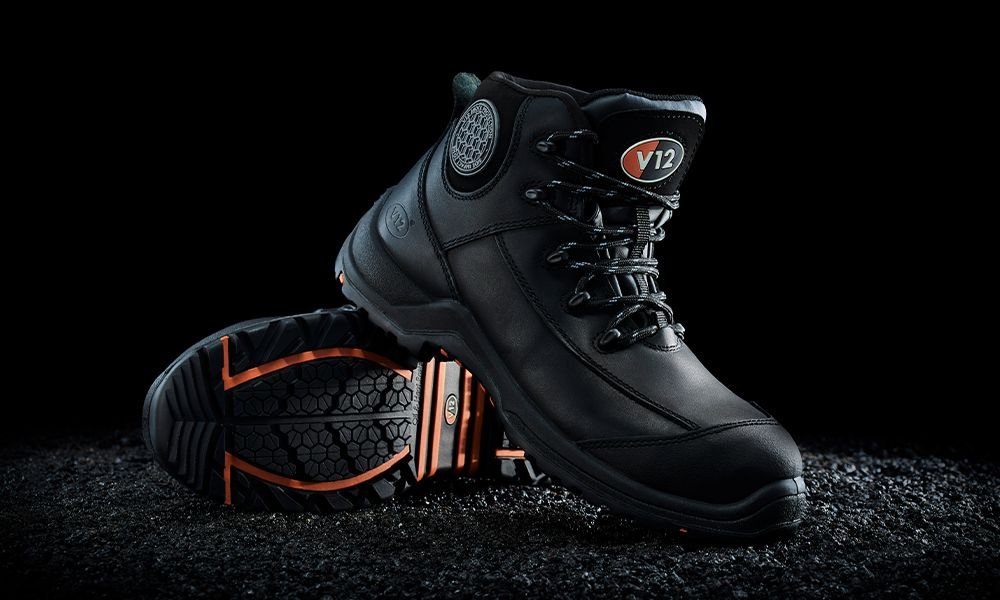
Practical workwear such as hi-vis garments are essential in many roles to ensure safe working practices. They are worn by a range of staff working in industries such as construction, highway maintenance, emergency services, and warehouse management. The correct reflective colours and properly fitting workwear can save lives, which is why businesses have a legal obligation to provide adequate hi-vis clothing to their employees who need it.

In the 1930s, a man named Bob Switzer saw his dreams of a medical career quashed after suffering an industrial accident working in a factory. While convalescing he came upon the idea of using fluorescent paint to create highly visible fabric, which he successfully trialled on his wife’s wedding dress. Bob went on to found the Day-Glo Colour Corp. in 1946 and developed fluorescent paints and pigments for hi-vis clothing, which became part of the UK working landscape in the 1960s. In 1964 his hi-vis designs helped keep Glasgow railway workers safe, and the implementation of the 1974 Health and Safety at Work Act and 1992 Personal Protective Equipment at Work regulations made using hi-vis workwear mandatory when necessary.

Today, many industries use hi-vis clothing and other kinds of practical workwear to protect workers. For workers in high-risk environments, vests, t-shirts, polo shirts, trousers and jackets should all comply with EN ISO 20471 certification (formerly EN471). The standard governs the amount of fluorescent material within visible range, the presence of reflective stripes (mandatory on uniforms for night workers) and contrasting light and dark materials to compensate for dirt build-up. There are three classes, determined by the number of square metres of fluorescent fabric and the number of square metres of reflective strips incorporated in a garment. Class 1 refers to a minimal level of visibility, while Class 3 provides the highest level.

Orange and yellow are the most popular hi-vis colours, as other shades such as green, navy, pink and red vests do not meet EN ISO 20471 standards. In many cases, the environment dictates the choice of colour. Railway workers and others who work in outdoor, green environments typically wear orange. Not only does it avoid confusion with train signals, road signs and cones, but orange does not occur naturally in a forest background. That means it’s easier for the human mind to recognise fluorescent orange as a human figure. Yellow hi-vis is better suited to indoor environments, particularly those that are low-lit.

When choosing workwear for your employees, be sure to choose materials that are suitable for the job at hand, prioritising safety and function that meets ISO standards. This includes safety footwear which should meet all appropriate safety regulations, such as those outlined in EN ISO 20345:2011. Ensure you understand the different classifications and slip ratings associated with safety footwear and that these regulations, risks and responsibilities are shared with all employees, contractors and visitors to a site. Finally, the clothing should be comfortable, fit properly while also reflecting the right brand image and take into account the diversity of employees and their individual needs.
At Heathbrook, we have a wide range of hi-vis wear including options which respect different gender and religious needs. Our expert team can help you choose the correct hi-vis workwear for your staff based on risk assessment so get in touch today.